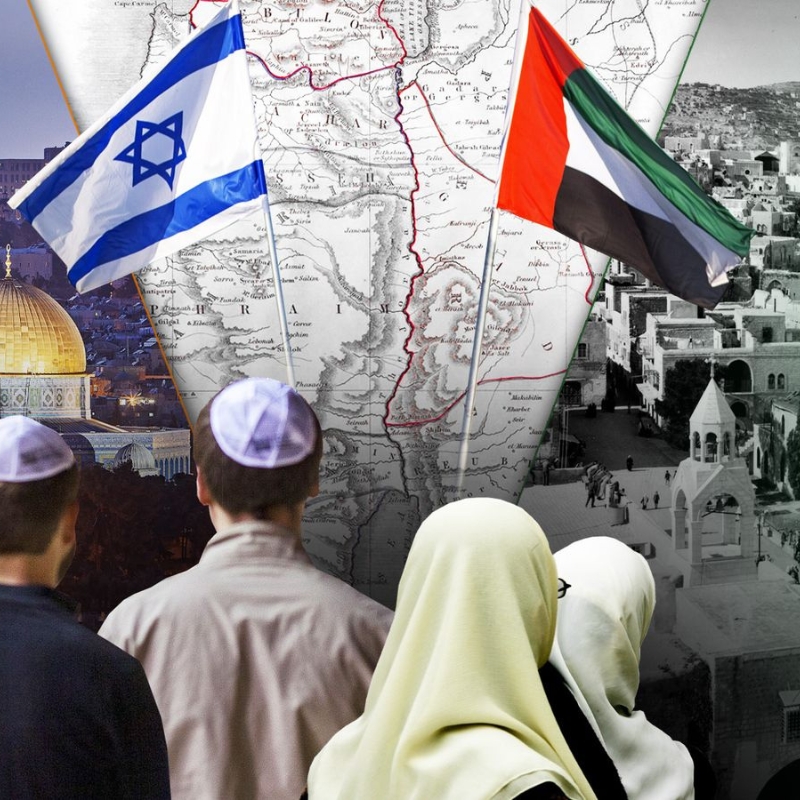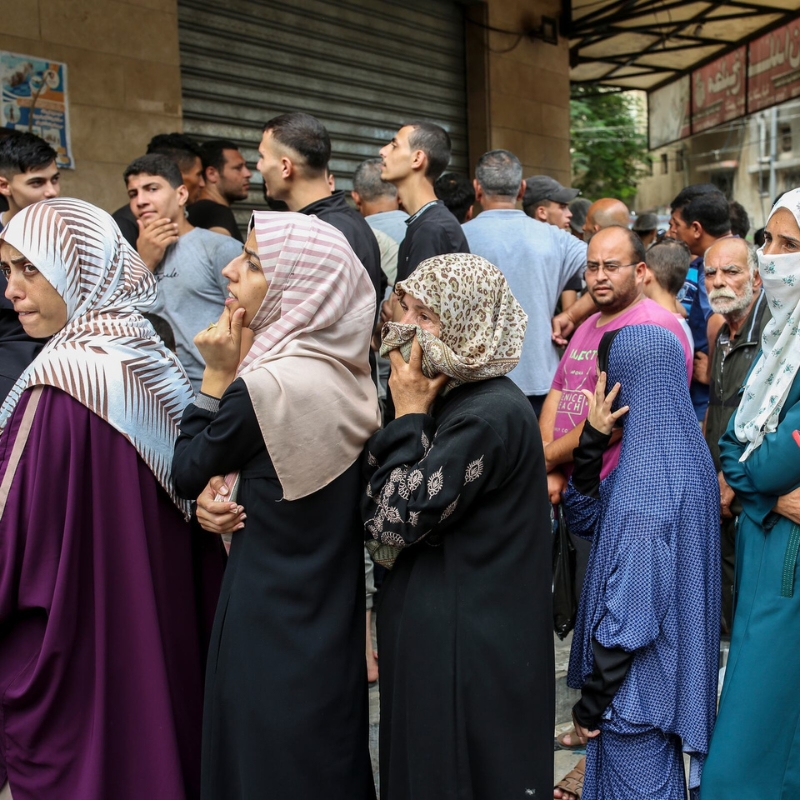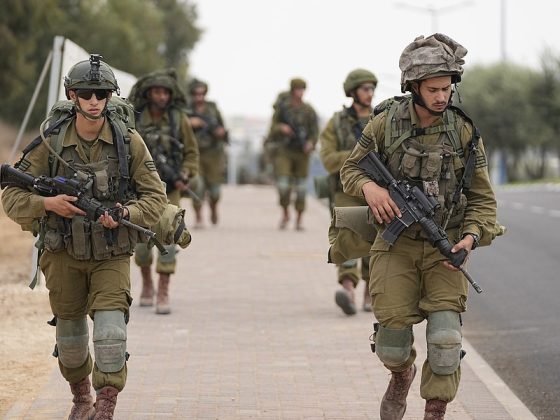
The Israel-Palestine conflict, marked by cycles of violence and fragile truces, faced a significant challenge on 19 October when Israeli airstrikes targeted numerous areas in Gaza, resulting in substantial civilian casualties. Palestinian health authorities reported the death of dozens, including women and children. This incident, triggered by the deaths of two Israeli soldiers allegedly at the hands of Hamas, has cast doubt on the durability of the U.S.-brokered ceasefire that took effect a few days prior. Coming on the heels of modest progress in the preceding week including the release of hostages, humanitarian aid deliveries, and tentative rebuilding efforts, the airstrikes underscore the fragile nature of peace efforts in the region.
The Ceasefire
The ceasefire, mediated by Donald Trump and regional actors like Egypt, Qatar, and Turkey, aimed to halt over two years of intense warfare that began with Hamas’s attack on Israel and capture of hostages. Currently the conflict has claimed over 68,000 Palestinian and 1,139 Israeli lives, with Gaza reduced to ruins. The agreement included phased hostage-prisoner swaps, with Israel releasing nearly 2,000 Palestinian detainees in exchange for hostages and the remains of those who died in detention. It also mandated increased humanitarian aid, Israeli withdrawal from parts of Gaza, and monitoring by a multinational task force.

Last week’s developments showed glimmers of hope. With families in Gaza beginning to reconstruct their homes, in tandem with aid trucks entering into Gaza, though humanitarian groups noted insufficient volumes, symbolising a tentative return to normalcy.
Hamas handed over bodies of hostages. U.S. officials affirmed no major violations by Hamas, however, underlying tensions persisted with Israel accusing Hamas of delaying the return of the remains of hostages, while Palestinians reported 97 deaths and 230 injuries from Israeli actions since 10 October.
The Airstrikes and their impact on the Ceasefire
The tentative normalcy was short-lived as airstrikes commenced when Israel claimed Hamas fighters attacked its troops in Rafah, resulting in the death of two soldiers, the first Israeli fatalities since the ceasefire’s inception. Israel responded with a “massive and extensive wave” of strikes on dozens of targets, including residential areas. Palestinian Civil Defence reported 45 fatalities, with hospitals left overwhelmed. Hamas denied involvement, stating it had no fighters in the Israeli-controlled Rafah area and reaffirmed commitment to the truce. Israeli Prime Minister Benjamin Netanyahu ordered a forceful response, temporarily halting aid deliveries “until further notice.” By evening, Israel announced resumption of ceasefire enforcement, with aid set to restart on 20 October.
The strikes exacerbated Gaza’s humanitarian crisis. With thousands wounded since 2023 and only 14 of 36 hospitals functional, medical responses have been strained. The Gaza government tallied 97 post-ceasefire deaths, framing the airstrikes as part of ongoing “genocide”. International reactions were swift: Egypt engaged in “round-the-clock” diplomacy to de-escalate, while the U.S. urged restraint without deeming the truce broken. Hamas warned that continued strikes could hinder the release of remains.
This event represents the ceasefire’s first major test, highlighting structural vulnerabilities. Previous truces, like the January-March 2025 one, collapsed amid similar accusations with Israel launching surprise strikes in March, killing over 400 Palestinians after talks stalled. The 19 October incident mirrors this pattern: mutual blame, civilian tolls, and aid disruptions eroding trust. The temporary aid halt, even if brief, increases famine risks. While both sides affirmed commitment to the ceasefire post-strikes, repeated violations could derail phase two negotiations on disarmament and reconstruction. The Gaza ceasefire monitoring force may help, but without addressing root issues the sustainability of the truce remains doubtful.
Conclusion
The recent airstrikes, killing dozens and halting aid, have strained the ceasefire but not yet shattered it. Building on last week’s progress, the incident exposes the truce’s fragility amid entrenched distrust and power imbalances. For lasting peace, enforcement mechanisms must prioritise civilian protection and equitable implementation. Without this, Gaza risks returning to full-scale war, ultimately perpetuating a cycle that has devastated generations.

